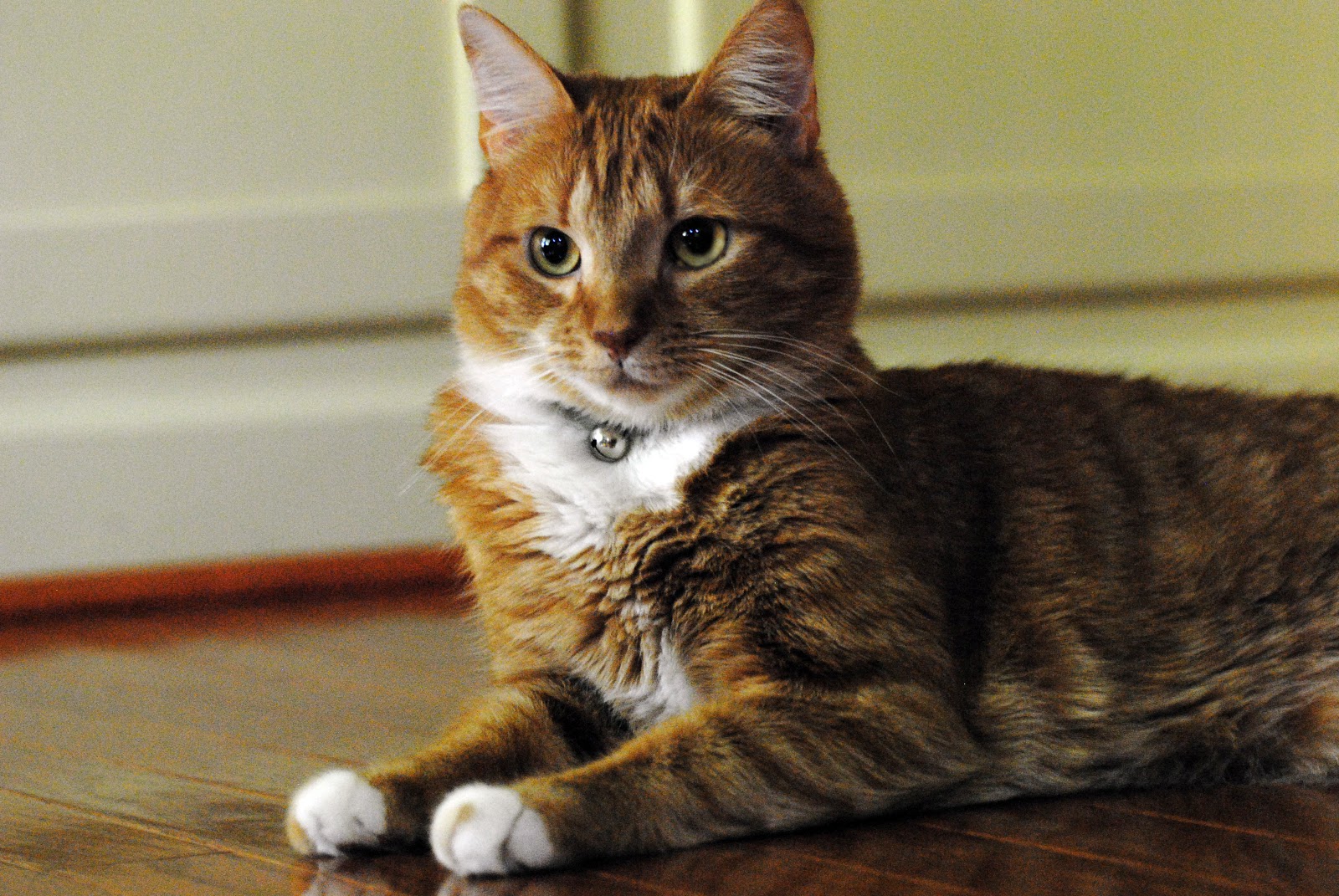
Cat litter and litter boxes play a critical function in the lives of both cats and their owners. From the simple starts of sand and soil to the ingenious advancements of today, the world of cat litter has developed considerably. In this thorough guide, we dive into every element of cat litter and litter boxes, exploring their history, types, benefits, challenges, and everything in between.
The history of cat litter dates back centuries, with ancient civilizations using sand, soil, and even ashes as primitive litter materials. However, it wasn't until the mid-20th century that modern cat litter as we understand it emerged. In 1947, Edward copyright introduced the world's first commercial cat litter made from absorbent clay, transforming the way cats relieved themselves indoors. Ever since, cat litter has undergone numerous transformations, with the intro of clumping litter, silica gel litter, eco-friendly alternatives, and more.
Today, feline owners are spoiled for choice when it comes to selecting the right litter for their feline buddies. Standard clay litter stays popular for its cost and efficiency in taking in odors. Clumping litter, which forms strong clumps when wet, streamlines cleansing and maintenance. Silica gel litter, composed of highly absorbent silica crystals, uses remarkable odor control and longevity. Biodegradable alternatives, such as recycled paper, wood pellets, corn, and wheat, interest ecologically conscious consumers.
Each kind of cat litter uses distinct advantages. Clay litter stands out in its capability to take in moisture and control smells, making it a trusted option for numerous cat owners. Clumping litter cat litter streamlines everyday scooping and extends the time between total litter changes. Silica gel litter provides extraordinary odor control and can last longer between replacements. Eco-friendly litters provide a sustainable alternative that decreases environmental effect.
While cat litter enhances indoor feline health, it is not without its difficulties. Dust from clay litter can position breathing dangers for both cats and human beings, prompting the appeal of dust-free alternatives. Some cats might develop litter box hostility due to problems with texture, aroma, or tidiness, necessitating experimentation with different litters and box setups. Multi-cat homes might require tactical litter box positioning and frequent maintenance to prevent territorial conflicts and ensure all felines have access to tidy facilities.
Picking the appropriate litter box is necessary for promoting positive litter box routines and general feline wellness. Factors to think about include size, availability, and design choices. Covered litter boxes provide personal privacy and help include smells, but some felines may discover them restricting or daunting. Open-top litter boxes use easy Modern Litter Boxes gain access to and presence but might lead to more litter scatter. Automatic self-cleaning litter boxes streamline upkeep however need regular monitoring and maintenance.
Proper litter box upkeep is essential for making sure a clean and inviting environment for both felines and their owners. Daily scooping removes waste immediately, decreasing odor and dissuading litter box hostility. Regular litter replacement, usually every 1-2 weeks, avoids bacterial buildup and preserves ideal absorbency. Extensive cleansing with moderate detergent and water, avoiding severe chemicals that might deter cats from using package, need to be performed monthly.
Cat litter and litter boxes play a central role in cultivating a healthy and unified relationship between cats and their human companions. With a diverse selection of litter alternatives and litter box designs offered, cat owners have the versatility to customize cat litter scoop their options to match their cats' preferences and home needs. By comprehending the advancement, types, advantages, and challenges of cat litter and litter boxes, animal owners can offer their feline friends with a comfortable and hygienic indoor environment.